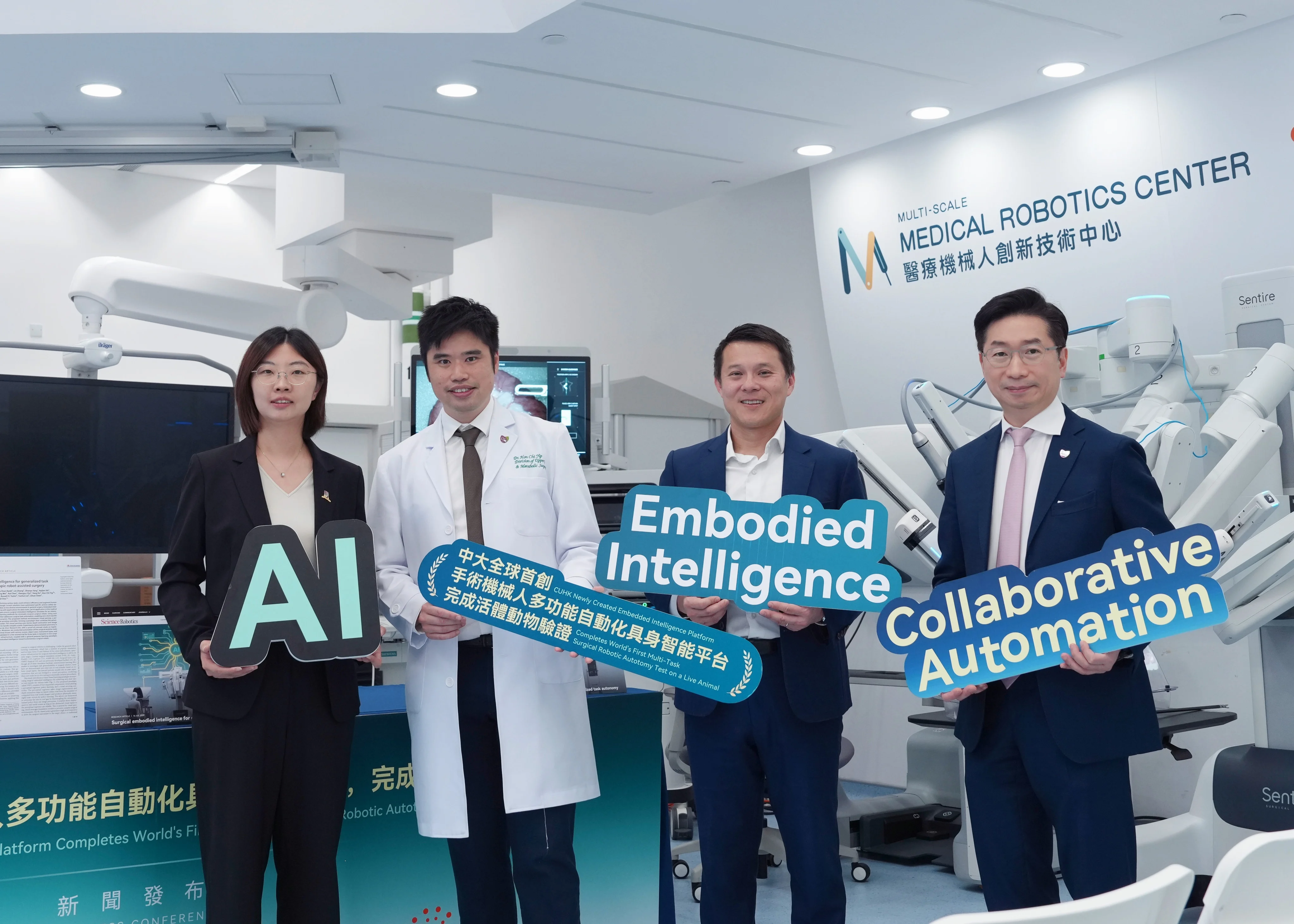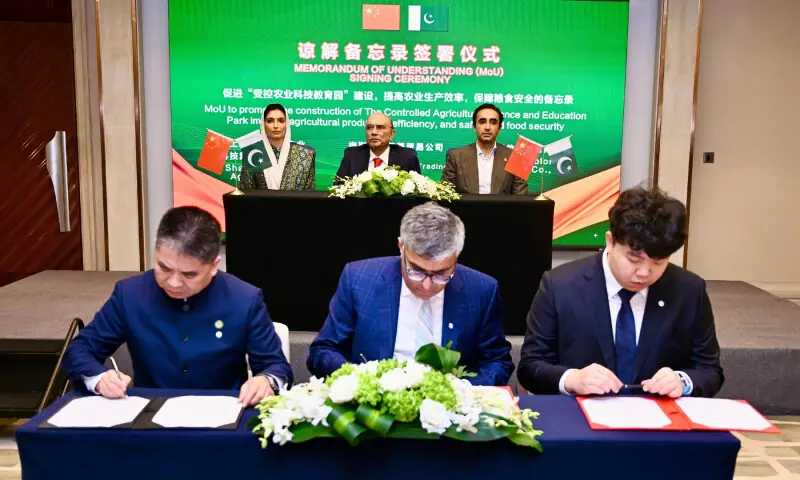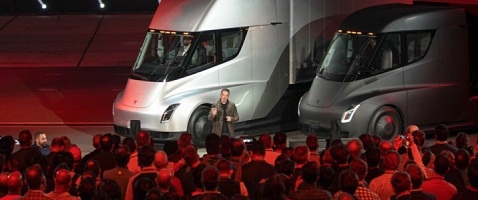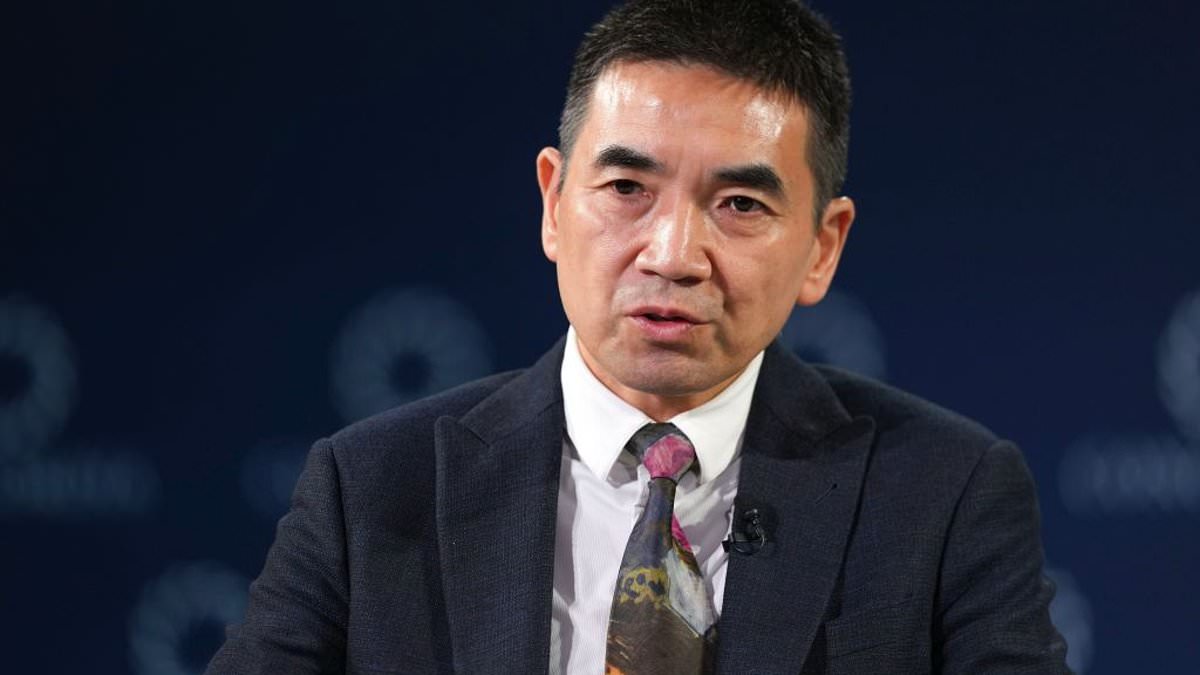By Holly Chik
Copyright scmp

Artificial intelligence-powered surgical robots are progressing towards becoming a surgeon’s third hand, potentially easing pressure on medical resources, according to a Chinese researcher leading a team that completed the world’s first multitask surgical automation tests on a live animal.
The team led by the Chinese University of Hong Kong developed an AI system automating a robotic arm to help surgeons in routine tasks like retracting tissue, picking up gauze and clipping blood vessels.
The AI-automated arm acts as a third hand for surgeons, who control two other robotic arms from a control console where they view live endoscopic footage during operations.
Dou Qi of CUHK’s department of computer science and engineering said that future work involved ensuring the safety and accuracy of AI co-pilots in robotic surgery, encouraging more researchers to advance the technology for clinical applications and promoting regulation of AI use in surgical settings.
The researchers reported their work in an article published in the peer-reviewed journal Science Robotics in July, in a special issue on autonomy and AI in medical robots.
“The trend of an ageing population further brings growing clinical demand, placing strain on surgeons who must manage more patients,” they wrote.
“Autonomy is envisaged for the next-generation surgical robots to enhance operational efficiency, consistency and human productivity.”
In the same issue, another team led by researchers from Johns Hopkins University in the United States published their work on a robot performing a phase of gallbladder removal without human help.
“The robot had to identify certain ducts and arteries and grab them precisely, strategically place clips and sever parts with scissors,” the Johns Hopkins team said, adding that the robot performed the surgery 100 per cent accurately after watching videos of surgeons doing it on pig cadavers.
Lead author Dou of CUHK, who specialises in medical-image analysis and robotic surgery intelligence, said the publication of two concurrent articles by separate teams underscored global progress in developing AI for surgical applications.
“We were both working independently. While we knew each other was exploring similar directions, we had no idea about the specific methods or scenarios each was using,” she said.
“Yet, upon publication, we found that the results were remarkably similar – both involving AI autonomously handling tasks such as vessel clipping.
“Two teams of researchers located far apart, without communication, achieved similar outcomes independently,” she said. “This shows the expertise of both teams and suggests that the foundational advancements in this field are now robust.”
The CUHK-developed AI system analyses endoscopic images in real time to interpret the surgical scene and determine the surgeon’s needs.
The AI-controlled arm helps with auxiliary tasks so that the surgeon can save time by not having to switch controls to the third arm.
In the study, a gastrointestinal surgeon performed a robot-assisted detachment of a pig’s stomach from its surrounding attachments.
One of the automated tasks was to pick up gauze placed near the pig’s stomach. Only one failure occurred in six attempts.
Since the colour of bloodstained gauze closely resembles surrounding soft tissue, the vision algorithms should have a “high-level scene understanding rather than solely using colour-based features to identify the gauze and its boundaries”, the team wrote.
The most difficult task for the AI robotic arm was to clip blood vessels, the researchers said, citing “the unseen appearances of the blood vessels and the high precision required”. The robot successfully performed four clippings out of six attempts.
“The surgeon first dissected the surrounding tissue and then stabilised the pig’s right gastroepiploic artery using two instruments,” they wrote. “A robotic arm then autonomously placed a clip across the vessel under close human monitoring.”
“Respiratory movement complicated vessel localisation and robot planning because of the dynamics of surrounding soft tissues,” the team added.
“Maintaining the accuracy and stability of robotic hand-eye calibration was essential, which otherwise would cause failures, given that this task was not fault tolerant.
“Surgeons usually need to see both ends of the clip to confirm that it fully crosses the vessel before securely closing it,” they wrote. “Our automated execution did not incorporate this verification step, which may pose a risk of inadequate clipping.”
The experience highlighted the importance of aligning robotic manipulation with human behaviour for safety considerations, they added.
Their AI system was tested on a surgical system developed by Hong Kong surgical robot start-up Cornerstone Robotics founded by CUHK professor Samuel Au Kwok-wai.
The company said the original surgical system, without AI integration, had completed more than 300 surgeries, with the firm having conducted more than 100 clinical training sessions in mainland China.
Dou said she was in touch with the Johns Hopkins researchers to jointly promote the international development of AI-powered surgical robots, including publishing position papers to update the scientific community on the technology’s progress and prospects.
One effort undertaken by the CUHK team was to encourage more scientists to join them in this research and make the surgical-embodied AI software infrastructure open source, allowing free access for global surgical robotics researchers.
“Automated surgery seemed far off to many people a few years ago. But it is clearer now that it will come into reality sooner than we imagined,” Dou said.
“For now, we are using automation to support surgeons. As the technology advances, it will tackle more complex tasks and eventually handle longer procedures.”
Dou said safety was the top priority in increasing the confidence of patients in automated surgery.
“We need robust and safe technology that patients can trust, and regulations must be in place to address any potential issues,” she added.
Comparing it to the introduction of autonomous driving vehicles, Dou said that when reliable AI robots, effective regulations and stakeholders’ consensus were established clinical tests could begin to ensure their safety and efficacy.
“Just as with self-driving vehicles, familiarity with the car’s ability to drive itself would help increase acceptance of the automated technology.”
Study co-author Yip Hon-chi of CUHK who led the animal testing said, “the surgeon is still fully in charge, just like a driver” and could perform an immediate override if the AI was not functioning correctly.
“The AI-automated arm is like an assistant to my surgery,” Yip added. “Normally, I need to swap my arm to control the ‘extra’ arm during surgery, but the AI system could potentially help me control the arms based on my need.
“I would be most interested to know how AI could be further ‘trained’ with more data being input to train the AI system. Future surgeons might have an easier job to do as AI will do part of the surgery and greatly assist the procedure.”



